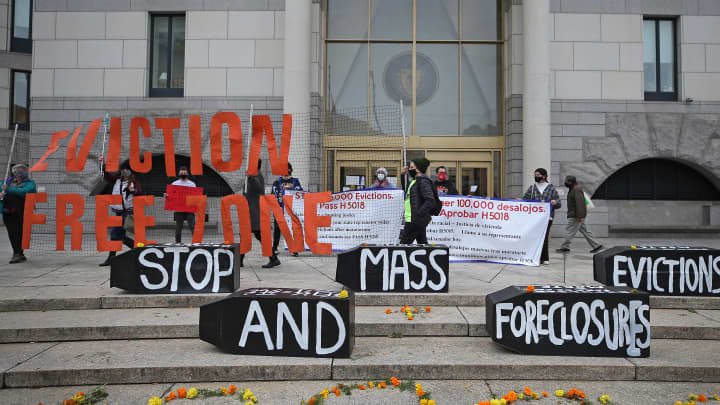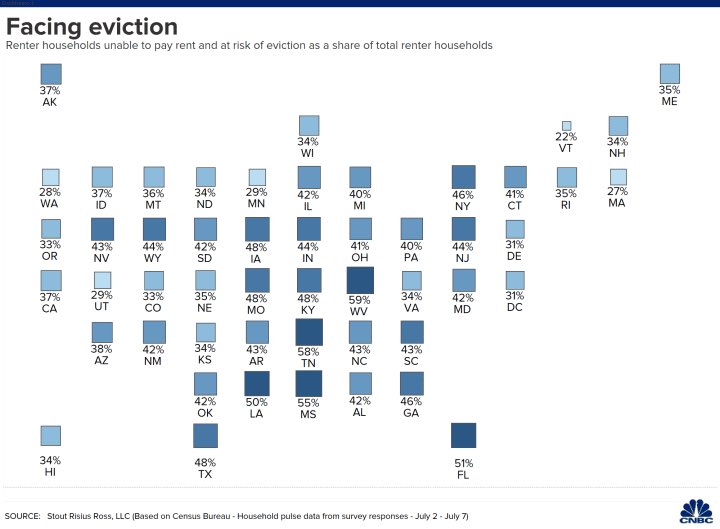
Dosing error led to Oxford AZ vaccine 90% efficacy: “error in the dosage was made by a contractor—once discovered, regulators were immediately notified & signed off on the plan to continue testing in different doses.”
Does it still count? Maybe. #COVID19
nytimes.com/2020/11/25/bus…
Does it still count? Maybe. #COVID19
nytimes.com/2020/11/25/bus…
2) Having done trial epidemiology, it really depends how they analyzed the data after the 2-dosing regimens. Presumably the 90% from comparing the same sample who were randomized either to the low dose & the placebo of the low dose. If same 🍎 to placebo of 🍎 group, then valid.
3) However, if they analyzed all the placebo participants as a common pool used for comparison vs both the vaccine doses, then it might be biased. But anyone with good clinical trial epidemiology training would know not to do that. But only the full report would tell us.
4) I’m less worried about the age difference issue for confounding if proper analysis (see #2 above) was done, because randomization should balance. But could there be an age effect modification, true, but that’s not a bias—it would then be natural effects that differ by age...
5) But if there is age effect modification, would the lower dose’s 90% efficacy actually a younger age effect or a lower dose effect? We don’t know. If effect mod, it still would mean the 90% results are valid, but what led to the 90% — young age or lower dose? Have to see data.
6) One way to test if there is a true age effect mod would be to look at the full dose arm... which had the full spectrum of ages. Thus, in the full dose regimen side, did it also have age differences? Test for age difference should be easy—but it need MORE CASES accrued. Why?
7) ...because tests for age effect modification of a vaccine effect requires more cases to detect. It’s like needing a bigger magnifying glass to see not just overall effect vs placebo but If it varies across age groups or not. Thus, tests for age effect mod needs more cases.
• • •
Missing some Tweet in this thread? You can try to
force a refresh







